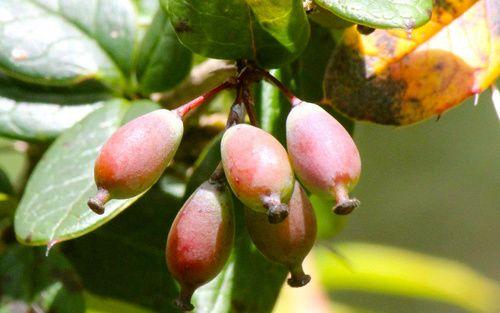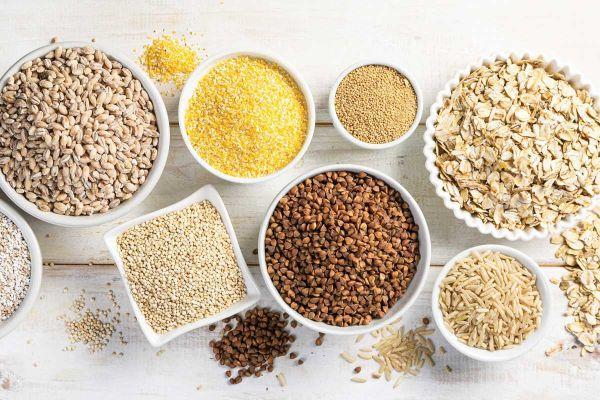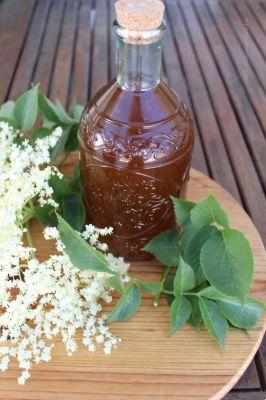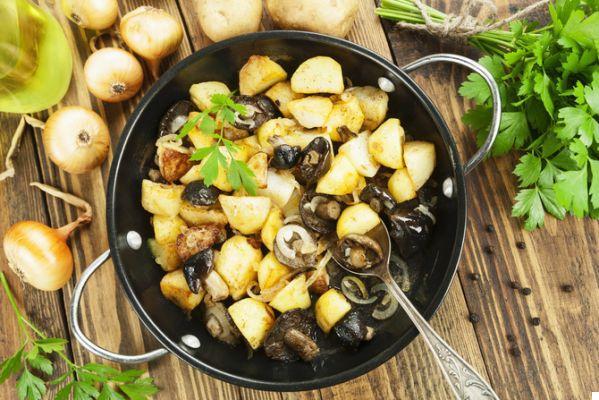Il chitra is a fruit rich in vitamin C, amino acids and Anthocyanins. From the cholagogue, stomachic and tonic action, it is useful for purifying the blood and soothe the pain of ear inflammations. Let's find out better.
> Calories, nutritional values and properties of chitra

Description of the fruit
Berberis aristata is the scientific name for a plant it produces berries generally known as chitra. It is a fruit of Himalayan origin, sometimes confused with numerous other berries and minor fruits (especially with goji), which grow in the same area, can also be found in the Middle East, Eastern Europe, Sri Lanka and other countries of the South East. Asian.
The plant of the chitra is bushy and thorny, produces hermaphrodite flowers of a beautiful yellow color and red, soft and oblong berries, which do not exceed half a centimeter.
It is consumed because of the pleasant sugary taste with an acid and astringent finish and its juiciness, although the peel contains tannins useful in herbal medicine and popular medicine.
Chitra, ally of
Kidneys and urinary tract, restoration of good health, skeleton, heart, liver.
Calories, nutritional values and properties of chitra
100 grams of chitra contain 5 calories.
Furthermore, for 100 g of this product, we have:
- protein 2,3 g
- fat 0 g
- 12g carbohydrates
- fiber 0 g
Chitra berries are rich in vitamin C, but they also have relevant contents of amino acids, anthocyanins, tannins and essential oils. For centuries Ayurveda has suggested the use of the chitra fruit to combat any problems with the urinary tract, especially in the case of inflammation; the paste obtained with the dehydrated fruit powder is used as laxative, febrifuge, carminative and as a support to the activity of the kidneys and the fight against acne.
The tincture of chitra is instead colagoga, stomachic, tonic and ideal to be taken at the first signs of fever or intoxication. It is finally prescribed to purify the blood, soothe the pain of ear inflammations, clean the wounds.
Recent university studies attribute to the fruit of the chitra antidiabetic, cardioprotective, of reduction of negative effects related to chemotherapy, and is able to maintain good bone health.
Contraindications of chitra
When buying packaged products from abroad (bottles, packages, envelopes, boxes, etc.) it is always good toCheck carefully the production date and expiration date, since in many areas of the world the quality standards are poorer than those in Europe.
In the case of buying dried chitra, it is good to check that the material does not contain small unwanted waste such as small seeds, small pieces of wood or leaf. Once the packages have been opened, the product must be kept away from humidity.
Curiosity
- Other parts of the chitra plant, such as the root, leaves and bark are rich in alkaloids and essential oils increasingly used in medicine, especially for the prevention of colon cancer and to alleviate the after-effects of chemotherapy.
- La berberine, which takes its name from the genus of the chitra plant turned out to be a powerful antioxidant very useful for human health.
- Boiled puree of chitra root mixed with butter plays a role in the composition of an ancestral indigenous drug, together with opium, lime and alum.
How to eat chitra
Generally on the market there are dehydrated berries of chitra, well cleaned and with an easy to chew pulp. In many cases, chitra-based products are found: pill bottles, bars or fruit powders. Due to its interesting organoleptic qualities, it is often used in many beverages and drinks.
The fruit turns out to be very pleasant even when used for herbal teas and infusions. As with most berries, with chitra you can make jams, desserts, compotes and chutneys useful as a condiment. The fruit is also very interesting as an addition to common mixed salads.
READ MORE
The properties and contraindications of Kokum
| Wikipedia

























